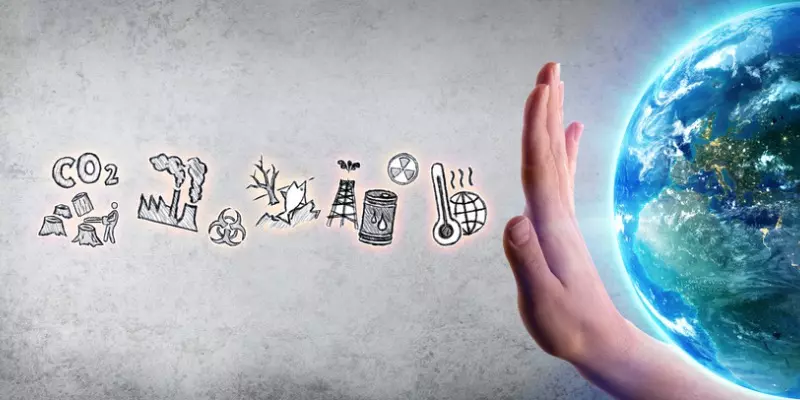
In an intimate conversation on YouTube, singer Halsey opens up about what she has learned about living with bipolar disorder since being diagnosed with the condition as a teen. In this video, which is intended to be educational, the 25-year-old award-winning singer talks about how she wrote her latest album “Manic” during a manic episode.
Bipolar disorder is a brain disorder that involves severe changes in mood, energy, and activity levels—swinging from euphoria (mania) to depression. Nearly 6 million Americans are affected by the condition, which causes them to cycle between manic episodes and depressive episodes.
1. It can take years to get an accurate diagnosis.
Although Halsey was diagnosed at an early age, not everybody gets diagnosed as quickly. As is mentioned in her video, it can be 6 months for some people but 10 years for others. And there can be several misdiagnoses along the way. The symptoms seen in bipolar disorder can be similar to those associated with depression, ADD/ADHD, or even schizophrenia, which can lead to misdiagnosis. Making the distinction between bipolar disorder and other conditions is critical because following the wrong treatment plan can make symptoms much worse.
2. It’s okay to feel what you feel.
Halsey says the one question she wishes she would have asked when she was 16 or 17 that might have helped her cope with what she was going through is, “How do I know what I’m allowed to feel?”
This is a common concept among those with mental health conditions. People suffering from psychiatric issues—such as bipolar disorder, anxiety, depression, obsessive-compulsive disorder (OCD), post-traumatic stress disorder (PTSD), psychosis, and other conditions—often try to squash their uncomfortable feelings. A better approach is to recognize your thoughts and feelings and accept them for what they are, but don’t let them have power over you.
3. Just because you’re successful doesn’t mean you aren’t suffering.
In the video, Halsey says that a lot of people have questioned her diagnosis, saying, “You don’t seem like you have bipolar disorder.” She explains, “They see a young woman who’s achieving all these goals, and they think, ‘Well, there really can’t be anything hindering her from that.’”
In reality, successful people are also vulnerable to mental health issues, which brain SPECT imaging studies show are actually brain health issues. For some people, like Halsey, it’s possible to channel the emotions and struggles in a creative way that resonates with others.
4. Noticing your symptoms is the first step to getting help.
Halsey admits in the video that as she became more familiar with her condition, she was better able to recognize the onset of a manic or depressive episode. When out-of-control euphoria or deep sadness is returning, it’s a good idea to get more serious about interventions. Treatments that can promote stable moods and energy levels in people with bipolar disorder include natural supplements, healthy nutrition, exercise, helpful forms of therapy, and (if necessary) medication.
5. Having a love-hate relationship with bipolar disorder is common.
The manic episodes experienced in bipolar disorder are characterized by abnormally elevated moods, inflated self-esteem, grandiose ideas, racing thoughts, inappropriate behavior, and sometimes delusions or hallucinations. Halsey admits she thinks her mania is “the worst part of me” and considers her manic self irresponsible, untrustworthy, and unreliable. At the same time, she says, “When I’m manic, that’s also when I make my best art. It’s when I’m the most compassionate. It’s the version of me that has given me everything that I have.”
Don’t focus solely on the downsides of bipolar disorder. Be grateful for its upsides too. This will help you keep a more balanced view of your condition.
6. Having a relationship when you have bipolar disorder can be difficult.
All relationships are challenging, but it can be especially hard when one person in the couple has bipolar disorder. In her video, Halsey explains that if she meets someone when she’s in a stable phase, things might be great at first. But when a manic or depressive episode returns, that person might want out of the relationship. “That’s not what I signed up for,” is something she says her dates may have thought.
Helping significant others understand more about bipolar disorder may ease the ups and downs in these relationships. A partner who’s in tune with the cyclical nature of the condition can also be helpful in making sure the person with bipolar disorder continues to follow their treatment plan to minimize risky behavior during manic episodes and prevent them from falling into a deep depression. This can help a relationship.
7. Don’t dwell on what you can’t do, focus on what you can do.
When Halsey first got her diagnosis, she says, “People were telling me all the things I couldn’t do.” Fortunately, she was able to look past the negativity and think about all the things she could do. If you’re diagnosed with bipolar disorder or any form of psychiatric condition, it’s always a good idea to stay focused on the positive things you can do in your life.
8. Getting well is a lifelong journey.
Halsey’s inspiring educational video also explores how mental health is a perpetual journey that requires constant care, attention, and energy. These are wise words. Following a brain healthy treatment plan that enhances brain function and diminishes symptoms is not a temporary program. To maintain more stable moods throughout the lifespan, you need to continue with a targeted treatment plan that includes healthy lifestyle habits.
Depression, anxiety, panic attacks, and other mental health issues can’t wait. During these uncertain times, your mental well-being is more important than ever and waiting until life gets back to “normal” is likely to make your symptoms worsen over time.
At Amen Clinics, we’re here for you. We offer in-clinic brain scanning and appointments, as well as mental telehealth, remote clinical evaluations, and video therapy for adults, children, and couples. Find out more by speaking to a specialist today at 888-288-9834. If all our specialists are busy helping others, you can also schedule a time to talk.





What do you know about EMDR therapy and CBT therapy do they work.????
Comment by Patricia ellson — June 15, 2020 @ 9:43 AM
wondering which end of her emotional teeter-totter resulted in the most tattoos?
Comment by bill — June 15, 2020 @ 11:01 AM
Hello Patricia, thank you for reaching out. Here are some additional resources for you:
EMDR:
https://amenclinics.com/blog/what-is-emdr-therapy/
https://youtu.be/YgO43kJKG18
CBT:
https://amenclinics.com/blog/where-can-you-find-help-when-you-need-to-talk-it-out/
Comment by Amen Clinics — June 15, 2020 @ 11:51 AM